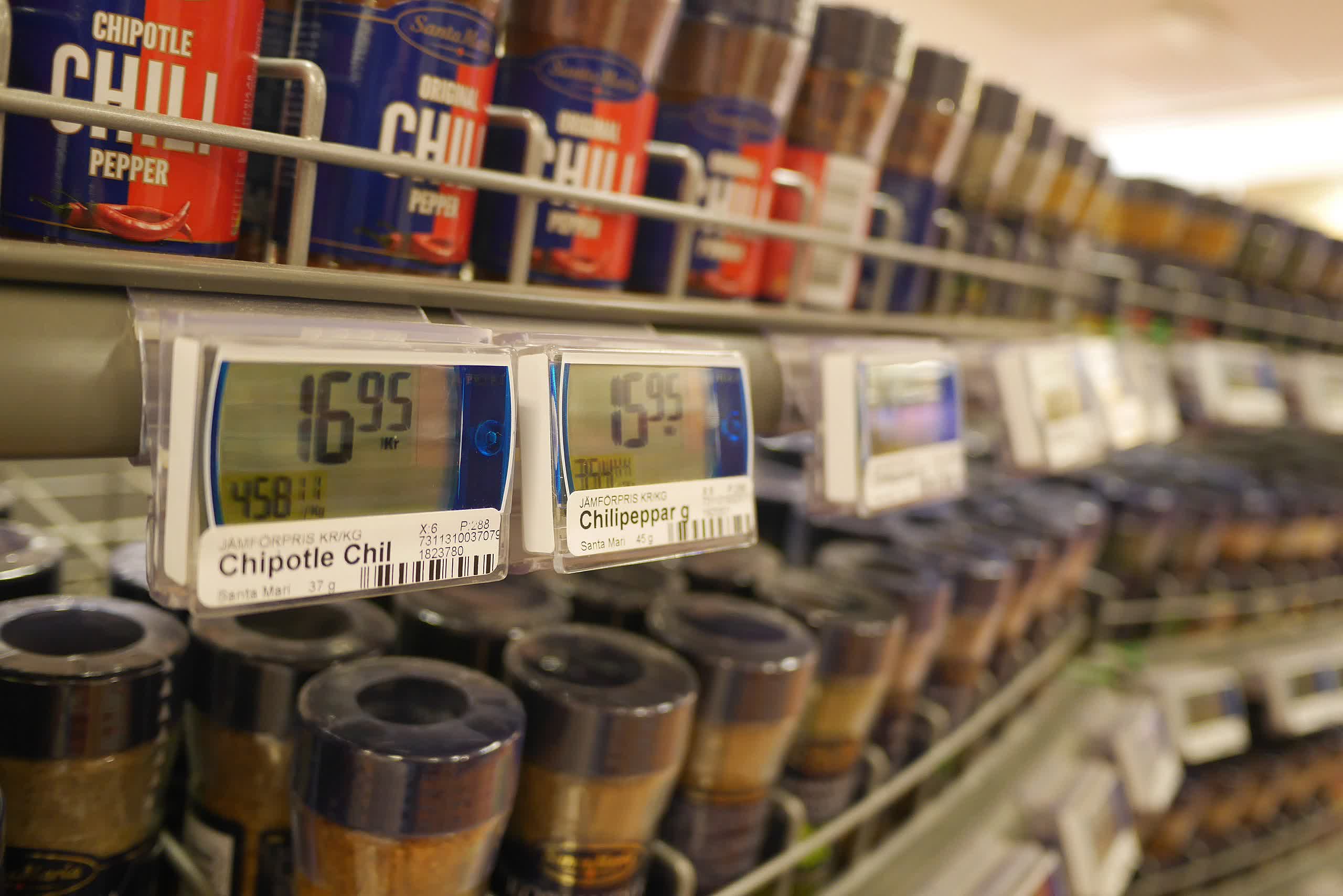WTF?! Surge pricing - when a business dynamically changes its prices based on market demands - is a common strategy across several industries, especially ride-hailing services such as Uber. But the practice is spreading to so many other areas, including gyms, bowling alleys, movie theaters, and restaurants, that it could soon become the standard for all businesses.
The Wall Street Journal reports that Alex Yenni tried to take his wife and 5-year-old son bowling with another family in Petaluma, California, on the last Thursday of the year during winter break. He booked two lanes for two hours at 3pm and was quoted $418.90, double what it would have cost at 3 pm on a Thursday in February.
The bowling alley CFO explained to the WSJ that the price was based on demand for that day and time, "simultaneously maximizing guest happiness through reasonable wait times and maximizing profitability by scaling price when the willingness to pay is there."
Most people associate surge pricing with ride-hailing, travel, and event ticket companies, but more businesses are using the strategy to charge customers extra at certain times. Movie theaters have started using it for blockbusters, as was the case with The Batman. AMC is seemingly taking this to another level by charging extra for seats with better views during peak shows.
Even restaurants aren't safe. Instead of offering discounts or 2-for-1 deals at different times of the day, some are using AI-driven dynamic pricing to boost their bottom lines. Insider reported on a startup called Sauce that creates AI-powered software that can set surge prices for restaurant and online-shopping deliveries. "We've seen restaurants during a peak time raise their price 40%," said cofounder Colin Webb.
Gym classes and golf courses are other areas surge pricing has crept into. Restaurants could eventually use it against those dining in, not just for their delivery/takeaway services, and electronic shelf labels (above) could enable dynamic pricing to be applied to brick-and-mortar grocery stores.
Many companies are looking to tighten their belts and squeeze as much money as possible from customers in these post-Covid times of economic uncertainty. Unless the public protests the use of surge pricing by taking their custom elsewhere, expect this practice to become increasingly widespread.
Images: Bruce Mars, Franklin Heijnen

